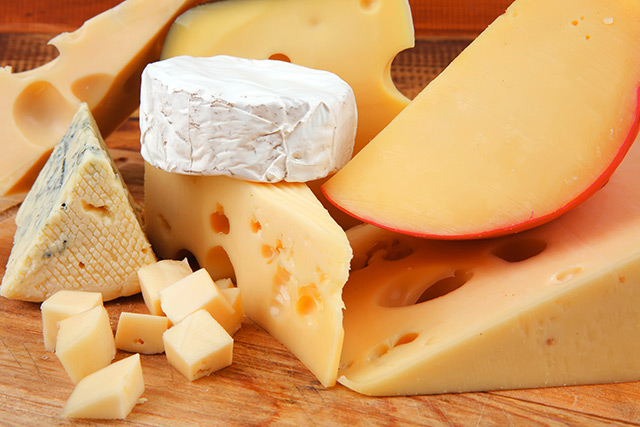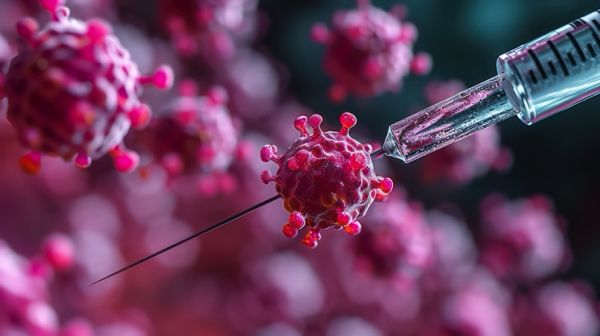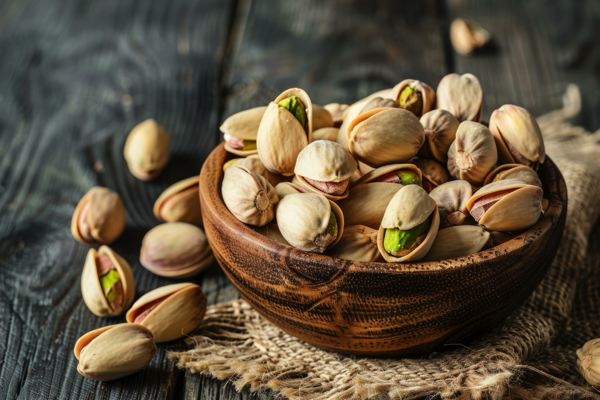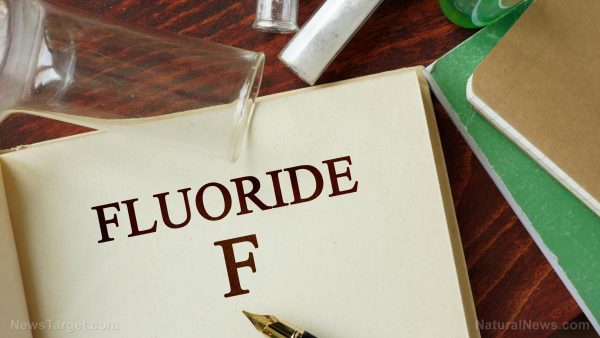 Parler
Parler Gab
Gab
- A study revealed that ripened cheeses contain an average of 1,857 microplastic particles per kilogram, which is 45 times higher than the levels found in bottled water. Fresh cheeses and milk also showed significant contamination, with 1,280 and 350 particles per kilogram, respectively.
- Microplastics, defined as plastic particles 5mm or smaller, were found to be prevalent in cheese. The study identified common types such as PET, polyethylene and polypropylene.
- The transformation of milk into cheese, which involves removing liquid whey and concentrating the curds, is believed to concentrate the microplastics present in milk.
- The long-term health effects of microplastics on humans are unclear, but early studies suggest they could be toxic or carcinogenic. In rodent studies, high levels of microplastics have been shown to damage organs such as the intestines, lungs, liver and reproductive system. There is also a potential link between microplastic exposure and conditions like cardiovascular disease and bowel cancer.
- The study emphasizes the need for continued research to understand the full extent of microplastic contamination in the food supply. The dairy industry and regulatory bodies are urged to address this issue to ensure food safety and minimize potential health risks for consumers.
Microplastics in dairy: Unraveling the health risks
The long-term effects of microplastics on human health remain unclear, but early studies are concerning. Plastics contain chemicals known to be toxic or carcinogenic, and there is growing evidence that microplastics could damage tissues in the body. In rodent studies, exposure to high levels of microplastics has been shown to harm organs such as the intestines, lungs, liver and reproductive system. In humans, there is a potential link between microplastic exposure and conditions such as cardiovascular disease and bowel cancer. "The presence of microplastics in our food is a cause for concern," said O'Connor. The researchers emphasize the need for continued study to understand the full extent of microplastic contamination in the food supply. "Given the complexity of the dairy sector and the extensive use of plastic materials along the entire production chain, understanding the pathways through which microplastics enter dairy products is crucial for ensuring food safety and assessing potential health risks," the study concluded. While the immediate health impacts remain uncertain, the study's findings underscore the need for vigilance and further research. Cheese lovers may need to reconsider their consumption habits until more is known about the risks posed by microplastics. In the meantime, the dairy industry and regulatory bodies must work together to address this issue, ensuring that the food people consume is safe and free from harmful contaminants. Watch the video below that talks about the health risks of microplastics. This video is from the Bible News Prophecy channel on Brighteon.com.More related stories:
Hidden danger in your kitchen: Swiss study reveals everyday items release cancer-linked microplastics. Toxicologist reveals four simple ways to slash microplastics in your drinking water. Kennedy targets toxic microplastics as health threat under "Make America Healthy Again" agenda. Sources include: DailyMail.co.uk Nature.com Brighteon.comCovid DEATH JAB statistics BURIED to save face for New Zealand’s Vaccine Industrial Complex
By S.D. Wells // Share
Pistachios at night rewire gut microbiome, may prevent diabetes
By Cassie B. // Share
At least 14 dead, dozens wounded as Thailand-Cambodia border clash escalates
By Ramon Tomey // Share
FDA’s Tidmarsh: Banned fluoride supplements a “tough thing to defend”
By Ramon Tomey // Share
Evidence suggests verbal fluency and sleep quality are key predictors of longevity
By Willow Tohi // Share
Governments continue to obscure COVID-19 vaccine data amid rising concerns over excess deaths
By patricklewis // Share
Tech giant Microsoft backs EXTINCTION with its support of carbon capture programs
By ramontomeydw // Share
Germany to resume arms exports to Israel despite repeated ceasefire violations
By isabelle // Share










